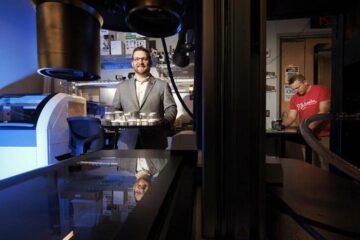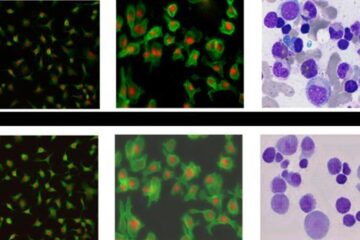Particulate Matter from California Wildfires Is More Toxic than in Ambient Air

The study adds to growing literature supporting source and component specific differences in toxicity of pollutant particles of a given size, and challenges regulators to consider toxicity as well as mass or size when regulating particle pollution.
Toxicity of coarse and fine PM obtained during peak smoke during the wildfires was determined with a mouse bioassay and compared with PM samples collected under normal conditions from the region during the same time the previous year.
“These observations highlight the critical importance of bioassays of toxicity of inhaled pollutants in whole animals as a component of a balanced scientific approach to estimating their toxicity,” wrote the research team, which included first author Teresa Wegesser, Kent E. Pinkerton, and Jerold A. Last.
“These findings add to the accumulating evidence that all particles of a given size class do not necessarily have the same toxicity, and suggest that the current standard for particulate matter may need reconsideration,” said EHP editor-in-chief Hugh A. Tilson, PhD. “The challenge is to integrate this accumulating evidence regarding particle toxicity in a way that is applicable to regulation and review of the Clean Air Act.”
EHP is published by the National Institute of Environmental Health Sciences (NIEHS), part of the U.S. Department of Health and Human Services. EHP is an Open Access journal. More information is available online at http://www.ehponline.org/. Brogan & Partners Convergence Marketing handles marketing and public relations for the publication, and is responsible for creation and distribution of this press release.
Media Contact
All latest news from the category: Ecology, The Environment and Conservation
This complex theme deals primarily with interactions between organisms and the environmental factors that impact them, but to a greater extent between individual inanimate environmental factors.
innovations-report offers informative reports and articles on topics such as climate protection, landscape conservation, ecological systems, wildlife and nature parks and ecosystem efficiency and balance.
Newest articles

Bringing bio-inspired robots to life
Nebraska researcher Eric Markvicka gets NSF CAREER Award to pursue manufacture of novel materials for soft robotics and stretchable electronics. Engineers are increasingly eager to develop robots that mimic the…

Bella moths use poison to attract mates
Scientists are closer to finding out how. Pyrrolizidine alkaloids are as bitter and toxic as they are hard to pronounce. They’re produced by several different types of plants and are…

AI tool creates ‘synthetic’ images of cells
…for enhanced microscopy analysis. Observing individual cells through microscopes can reveal a range of important cell biological phenomena that frequently play a role in human diseases, but the process of…





















